Trump's Oval Office coronavirus speech was a slapdash, last-minute endeavor, aides say

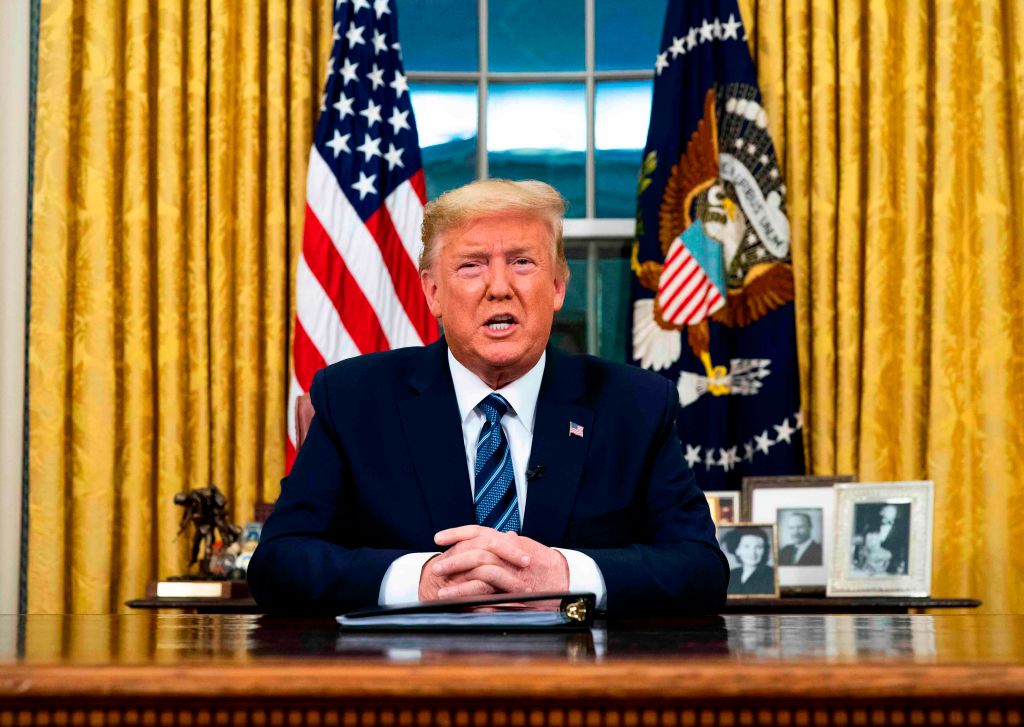
At some point on Wednesday, President Trump decided to deliver a prime-time Oval Office address on the coronavirus outbreak, setting off "a frantic scramble to arrange airtime on television networks, iron out logistics for his delivery, and prepare a draft of what he would say," The Washington Post reports. "Trump — who believed that by giving the speech he would appear in command and that his remarks would reassure financial markets and the country — was in 'an unusually foul mood' and sounded at times 'apoplectic' on Thursday as he watched stocks tumble and digested widespread criticism of his speech," the Post adds, citing a former senior administration official.
The speech was mostly written by Jared Kushner, Trump's son-in-law and senior adviser, and senior policy adviser Stephen Miller, according to the Post, The Wall Street Journal, Bloomberg News, and The New York Times. Miller isn't involved in Trump's coronavirus task force, and "Kushner hasn't attended a single task force meeting," the Journal reports. The speech was "based on extensive dictation from the president and suggestions from Vice President Mike Pence," and it "was being rewritten up until the time it was fed into the teleprompter."
"The hastily drafted 10-minute speech had undergone last-minute edits from the president" and Miller "after other aides had left the room," Bloomberg News reports. "Among the changes they made: Deleting a sentence where Trump said he and Melania were sending their prayers and love to people suffering from the illness." The copy fed into the teleprompter contained two significant errors and Trump inserted a third, prompting an immediate post-speech cleanup effort.
The Week
Escape your echo chamber. Get the facts behind the news, plus analysis from multiple perspectives.

Sign up for The Week's Free Newsletters
From our morning news briefing to a weekly Good News Newsletter, get the best of The Week delivered directly to your inbox.
From our morning news briefing to a weekly Good News Newsletter, get the best of The Week delivered directly to your inbox.
The speech itself "caused a divide inside the White House," the Journal reports. Kushner thought Trump needed to do it, while senior adviser Kellyanne Conway told colleagues "it was a terrible idea." Treasury Secretary Steven Mnuchin was also against the speech, urging Trump to "wait at least a day or two so as to provide officials with more information," the Times reports. Along with Kushner, Ivanka Trump and Hope Hicks favored the speech. Trump's final product, like "much of his presidency," the Post says, "was riddled with errors, nationalist and xenophobic in tone, limited in its empathy, and boastful of both his own decisions and the supremacy of the nation he leads."
A free daily email with the biggest news stories of the day – and the best features from TheWeek.com
Peter has worked as a news and culture writer and editor at The Week since the site's launch in 2008. He covers politics, world affairs, religion and cultural currents. His journalism career began as a copy editor at a financial newswire and has included editorial positions at The New York Times Magazine, Facts on File, and Oregon State University.
-
 Bari Weiss’ ‘60 Minutes’ scandal is about more than one report
Bari Weiss’ ‘60 Minutes’ scandal is about more than one reportIN THE SPOTLIGHT By blocking an approved segment on a controversial prison holding US deportees in El Salvador, the editor-in-chief of CBS News has become the main story
-
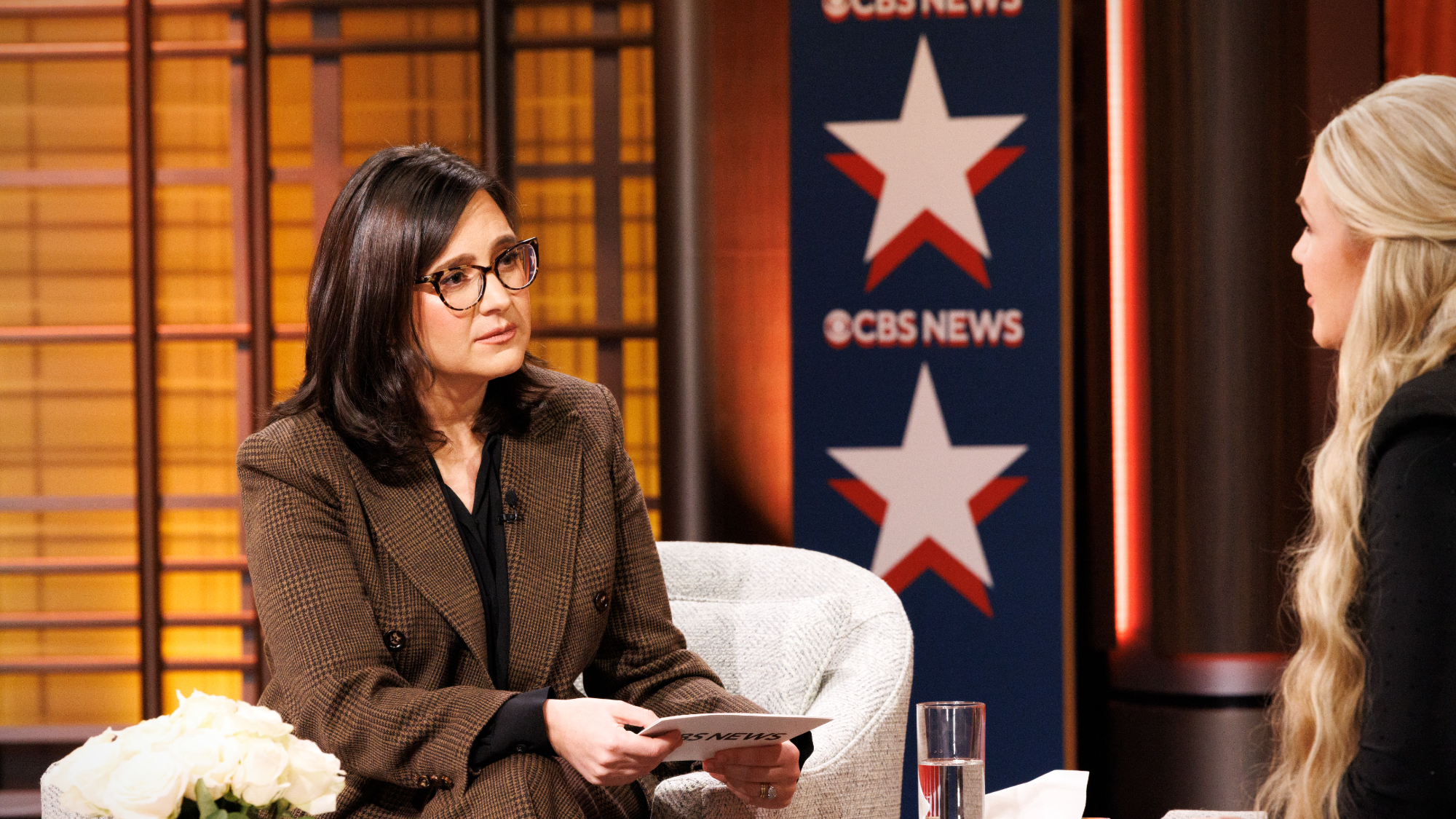 CBS pulls ‘60 Minutes’ report on Trump deportees
CBS pulls ‘60 Minutes’ report on Trump deporteesSpeed Read An investigation into the deportations of Venezuelan migrants to El Salvador’s notorious prison was scrapped
-
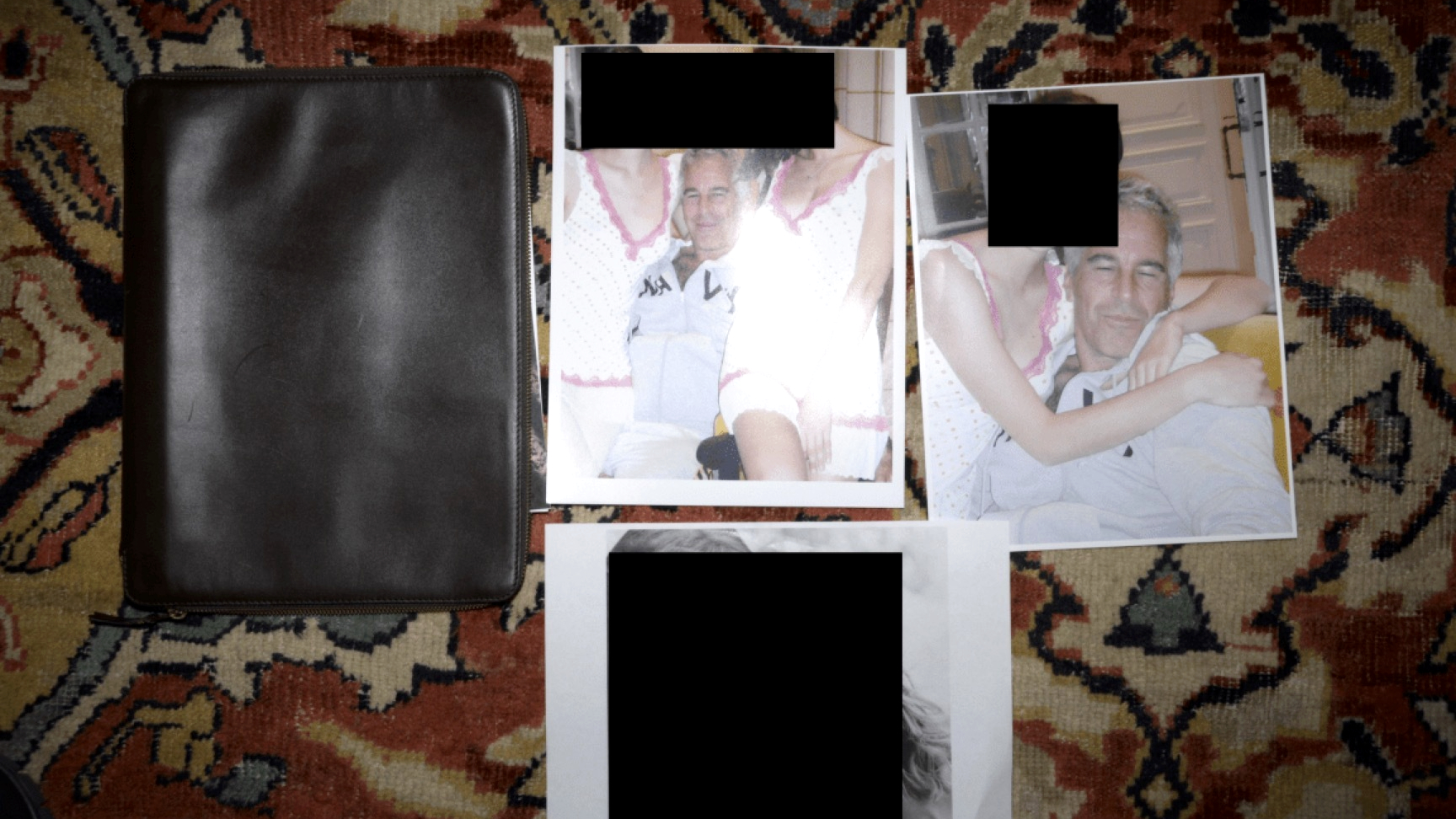 Trump administration posts sliver of Epstein files
Trump administration posts sliver of Epstein filesSpeed Read Many of the Justice Department documents were heavily redacted, though new photos of both Donald Trump and Bill Clinton emerged
-
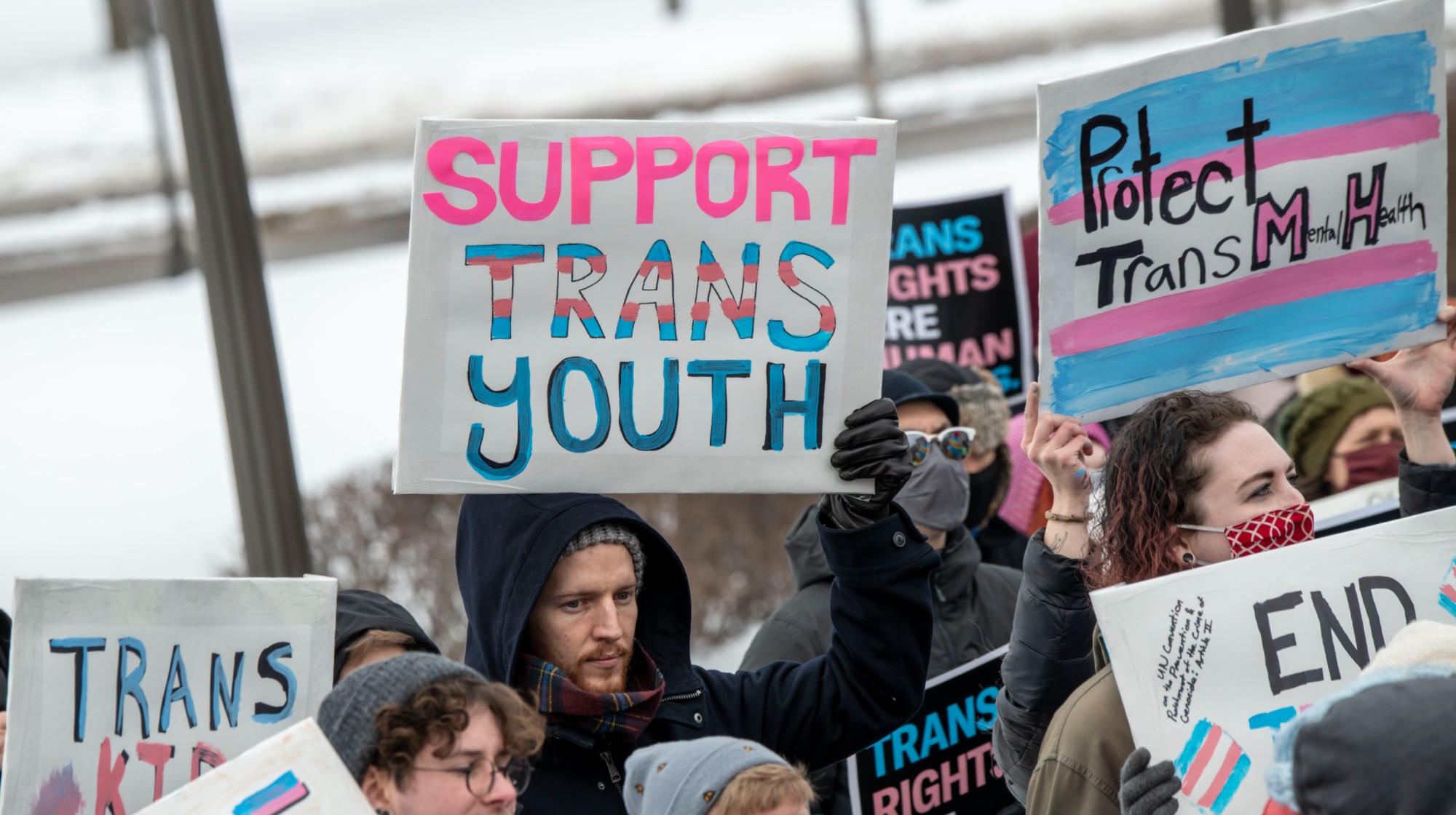 Trump HHS moves to end care for trans youth
Trump HHS moves to end care for trans youthSpeed Read The administration is making sweeping proposals that would eliminate gender-affirming care for Americans under age 18
-
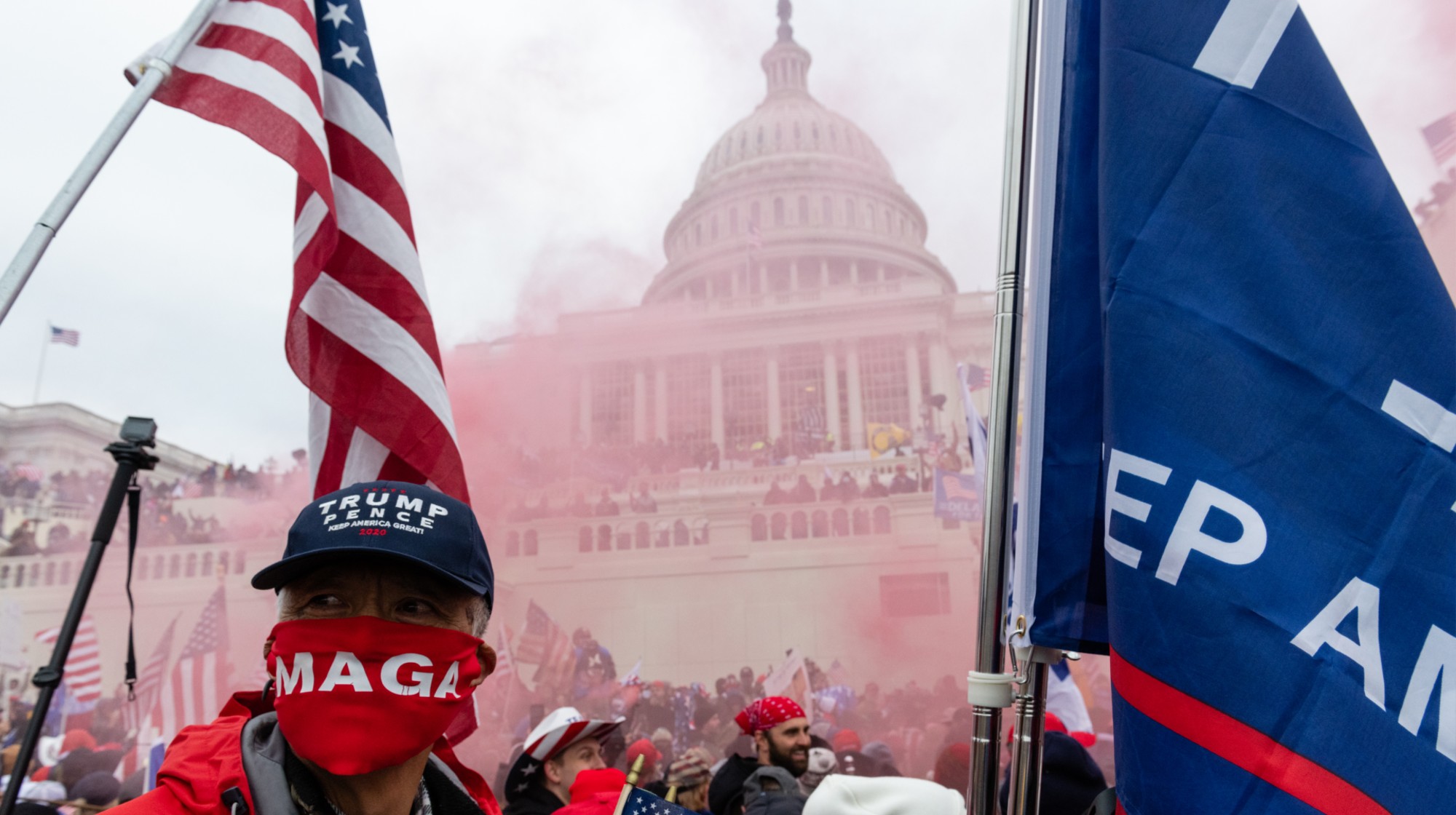 Jack Smith tells House of ‘proof’ of Trump’s crimes
Jack Smith tells House of ‘proof’ of Trump’s crimesSpeed Read President Donald Trump ‘engaged in a criminal scheme to overturn the results of the 2020 presidential election,’ hoarded classified documents and ‘repeatedly tried to obstruct justice’
-
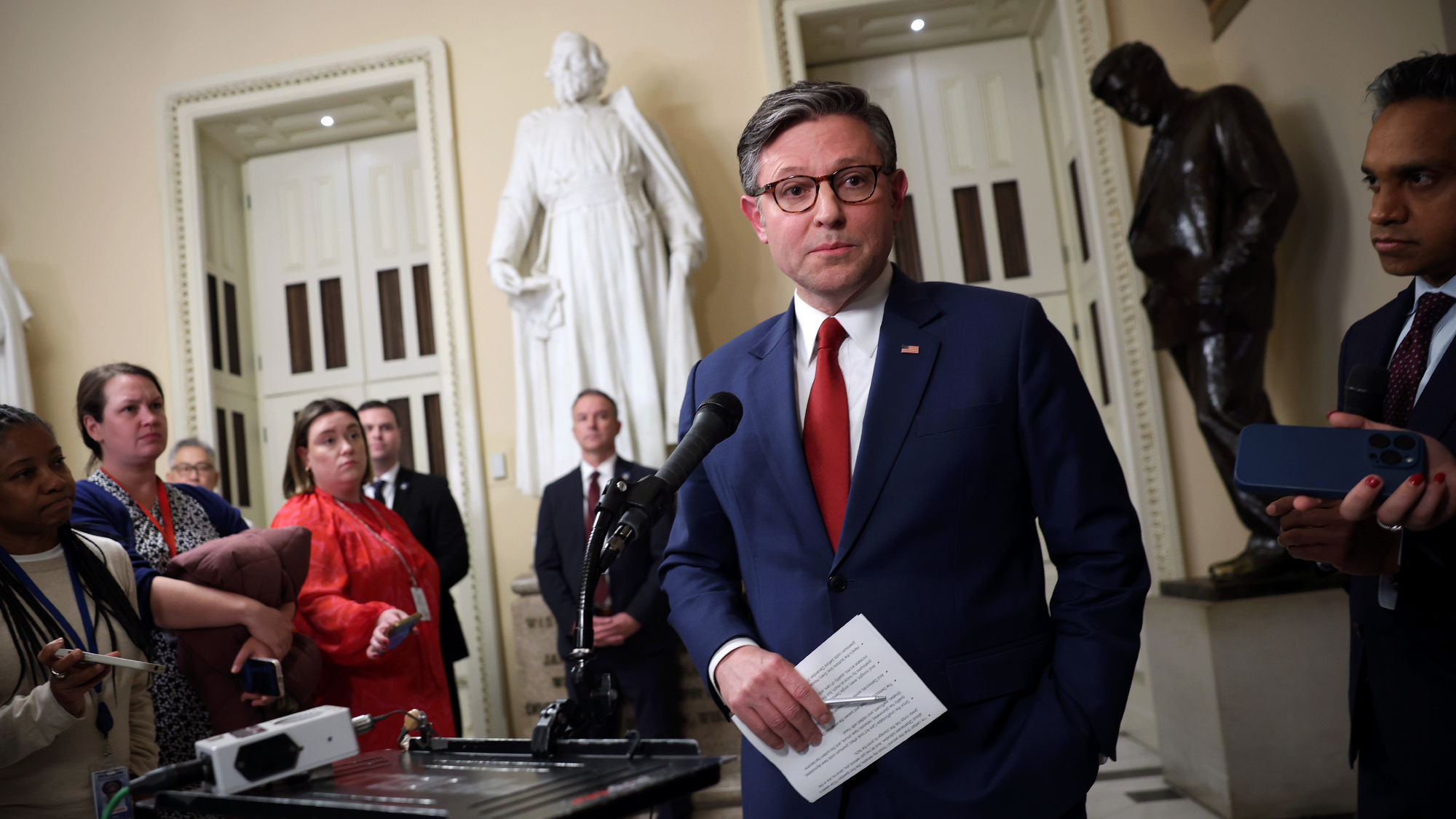 House GOP revolt forces vote on ACA subsidies
House GOP revolt forces vote on ACA subsidiesSpeed Read The new health care bill would lower some costs but not extend expiring Affordable Care Act subsidies
-
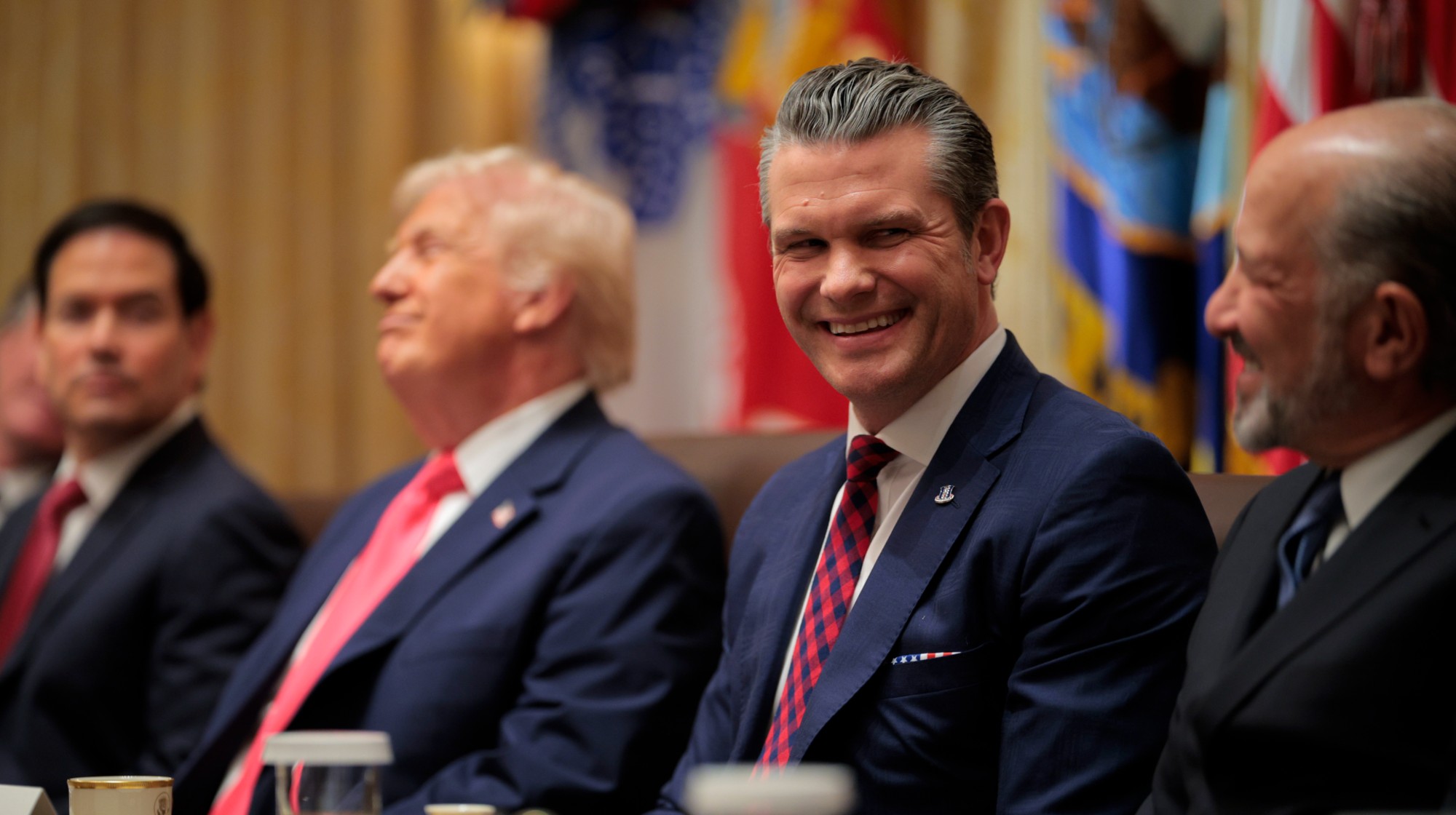 Hegseth rejects release of full boat strike footage
Hegseth rejects release of full boat strike footageSpeed Read There are calls to release video of the military killing two survivors of a Sept. 2 missile strike on an alleged drug trafficking boat
-
 Trump vows naval blockade of most Venezuelan oil
Trump vows naval blockade of most Venezuelan oilSpeed Read The announcement further escalates pressure on President Nicolás Maduro



